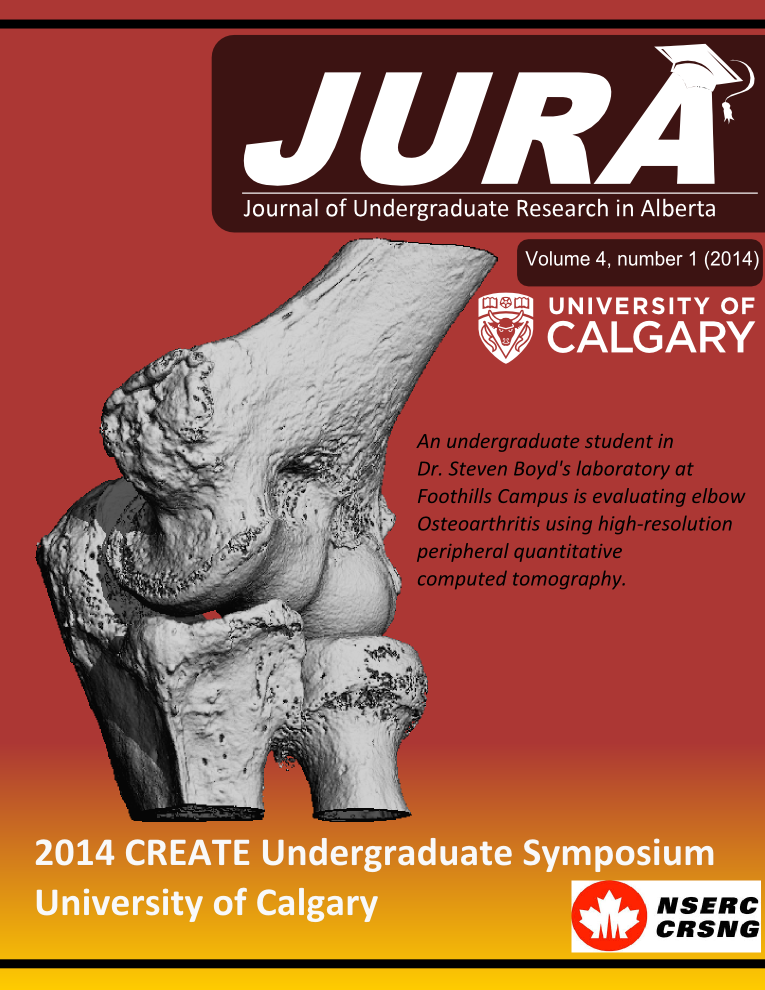IN SITU CHONDROCYTE MECHANICS FOLLOWING STATIC AND DYNAMIC COMPRESSIVE STRESSES
Abstract
INTRODUCTION
Articular Cartilage (AC) is a thin layer of connective tissue covering bony surfaces of joints [1]. AC allows joints to move smoothly during load transmissions, and plays an essential part in their overall health [2]. Chondrocytes maintain AC extracellular matrix, the integrity of which depends largely on compressions applied to the tissue. Past studies used strain control protocols to apply static or dynamic compressions to AC and observe changes in chondrocyte morphology [1]. The purpose of this study was to use stress control, a more physiologically relevant loading protocol, and evaluate cell morphology for low magnitude dynamic/static compressions.
METHODS
Patellae from New Zealand white rabbits were isolated and randomly assigned to one of two loading protocols [2]; (i) static loading with a constant compression of 100kPa, and (ii) dynamic sinusoidal loading at 0.1Hz and a compressive magnitude of 100kPa±50%. Compression was applied for 60 min, followed by 30 min recovery. Cells were stained and tracked by laser scanning microscope during the compression protocol.
RESULTS
Cell volume remained nearly constant during static loading but increased beyond the original volume during recovery Fig(1a). Cell volume decreased during dynamic loading and recovered to its original, pre-loaded value following load removal. Cell height (along the tissue thickness axis) decreased for dynamic loading, while cell depth (perpendicular to the tissue thickness axis) increased Fig(1b). For static loading, there was little change in cell height, width and depth Fig(1c).
DISCUSSION AND CONCLUSIONS
Little changes in cells’ morphology during static loading are likely due to a low compressive load of 100kPa. The volume increase during static loading has been previously observed in patellae cartilage [2]. Variations in cell deformations across samples during dynamic loading could be due to difference in structure and mechanical properties of the individual samples.
We were limited in our analysis to observations of chondrocytes within 50 µm from the top surface of the articular cartilage. We are puzzled by the difference in mechanical response of cells in the static and dynamic loading conditions. These differences need explanation in the future by evaluating the cartilage internal stress-strain conditions for the static and dynamic loading conditions.
Downloads
References
2. Madden R, et al. JBiomech. 46:554-560, 2013.
Downloads
Published
Issue
Section
License
Authors retain all rights to their research work. Articles may be submitted to and accepted in other journals subsequent to publishing in JURA. Our only condition is that articles cannot be used in another undergraduate journal. Authors must be aware, however, that professional journals may refuse articles submitted or accepted elsewhere—JURA included.


